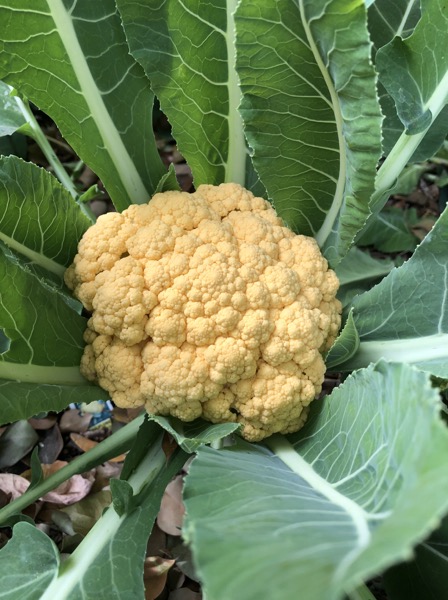FULL SUN
Dappled Shade to Full sun,
pH
Neutral
FEEDING
Not a heavy feeder. All purpose organic fertilizer
PLANTING
March and September
Cape Gooseberry (Physalis peruvian) and Ground Cherry(Physalis pubescens & pruinosa)
One of the earliest references to ground cherries was found in the journal of Aedee Fueillee(1682-1773). He was sent on a botanical expedition to Peru and Chile where he became familiar with Phsalis peruviana or Poho berry. In 1807 Curtis’s Botanical Magazine published a scholarly vignette on the fruit noting that it was already established in Cape of Good Hope, the West Indies, and Australia. However, there were complaints in America that this was already established and growing in America.
There are 3 important distinctions of note to understand these plants.
- The Poha or Cape Gooseberry type is truly tropical and unlikely to fruit in many parts of the US. The Cape Gooseberry is native to parts of South America such as Colombia, Ecuador, and Peru. It is also called Goldenberry, Poha berry, and ground cherry. At the start of the 19th century, it was cultivated in South Africa in the Cape of Good Hope, possibly how it got the name Cape Gooseberry.
- The ground cherries of the early American kitchen gardens are annuals much better adapted to shorter growing seasons coming into fruit within 64-75 days. There are also several varieties native to the Southwest USA. The ground cherries of America are described as Physalis pubescens because their leaves are fuzzy compared to the relative Cape Gooseberry. It has also been in cultivation in the USA for a long time, in 1930 American Botanist Oliver Perry Medager confirmed that they had been in cultivation in the Easter United States for at least 150 years. They are also well documented as a part of the food culture of the Pennsylvanian Dutch.
- It has no relation to English gooseberries, Ribes but it is a nightshade family plant related to tomatoes, tomatillos, and eggplant.
There are many varieties of ground cherries and they easily cross between varieties. Ripened berries range in color from yellow to orange and even a pale brown depending on the variety. The flavor range is described from pineapple, strawberry, tangerine, and somewhat of a tomato depending on the variety. Cape Gooseberries and ground cherries are delicious fresh but are also often used in jam, jellies, pies, and other culinary creations.
Part of this has been adapted from Heirloom Vegetable Gardening by William Woys Weaver.
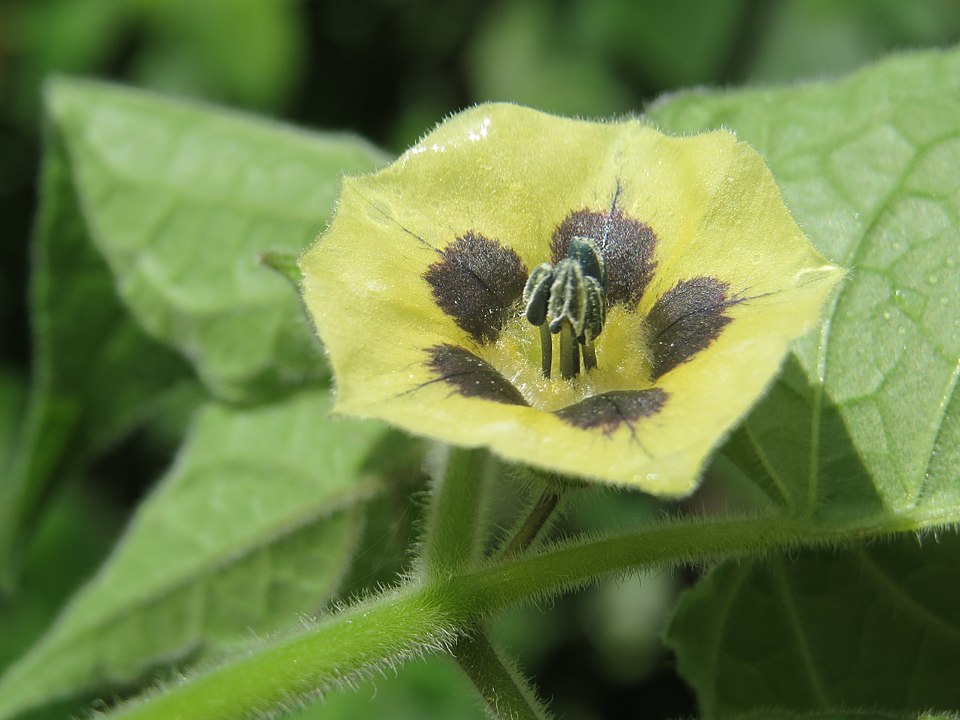
Varieties:
- Cape gooseberry or Goldenberry: Grows extra-large, plants reaching 4 feet tall. Less production than other varieties, and they tend to ripen later than others. Grows as a perennial in zone 8 and above. Fruits are larger than other varieties, about 1 inch in diameter. This variety is often dried into “ground cherry raisins.”
- Pineapple Ground Cherry (Physalis pubescens):A close relative of the Peruvian ground cherry. Stores well in the husk. Try the following varieties:
Goldie Ground Cherry– Produces heavy yields of bight gold fruit. Plants grow 3 to 4 feet tall. Ripens in 75 days.
Cossack Pineapple Ground Cherry – Tastes like a pineapple. Stores very well. Ripens in 75 days.
- Strawberry Ground Cherry(Physalis pruinosa). This is the most common type found in the US.
Aunt Mollies: Very popular and tasty variety, distinct tangerine flavor. Plants grow about 2 1/2 feet tall and produce fruit that are about ¾ of an inch. An heirloom variety. 70 days to maturity.
Yellow Husk: Similar to Aunt Mollies with smaller plants.
New Hanover Ground Cherry: Very tasty variety preserved by Katies Hoffman Slonaker(1903-1983) on her farm in New Hanover, Pennsylvania. Beat out all other varieties in a tasting at the American Institute of Food and Wine.
- Southwest Ground Cherries( Physalis crassifolia)
Yellow Nightshade ground cherry- Not commonly cultivated but seeds can be found occasionally. Also called thick leaf ground cherry. Small plants grow to about 1 ½ feet tall. There are several more native species to be found in the Southwest but are not common in cultivation.
In addition other varieties that are found Physalis griseav, Loewen family heirloom and Drotts yellow can be tried. Drotts yellow takes 50 days from transplant to maturity and would be an excellent fall planted variety to try.
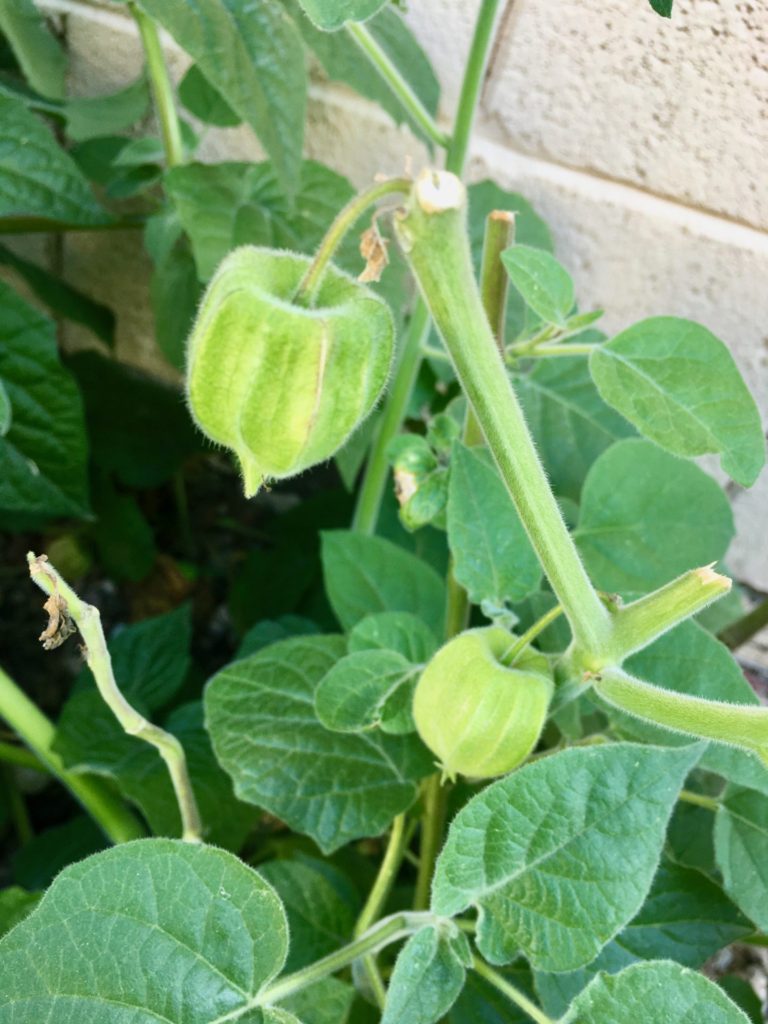
HOW TO GROW
- Start the seeds in December indoors for planting in March, or mid-August for planting out in mid-September.
- The seeds are tiny and need sun/light to germinate. The best way is the sprinkle them on moistened soil, use a spray bottle to moisten the seeds, and for future watering.
- Cove the top of the seed tray with clear plastic wrap or a clean plastic lid or germinate in a seed propogator. Pay attention that the soil does not become moldy. If mold starts to appear, leave the plastic/lid off to dry out slightly.
- In approximately 10 days the seeds will start to sprout little plants. Once the leaves appear, the clear plastic can be removed.
- For spring planting the plants should be a good size and flowering to ensure fruit before the summer heat. After August they will start to flower again with a crop in winter.
- They are susceptible to frost damage and if grown for fruit in the winter/ early spring season, frost protection will be necessary to prevent damage to the plant leaves but also so that the fruit is not damaged with frost.
- They can be cut back in February to tidy them up and maintain size if they are grown as perennials
- In my experience, the low-growing ground cherry that has a more horizontal growing pattern is more sensitive to high temperatures. It does not do well in our summer and will require shade cloth. They grow about 2-3 feet tall with a horizontal spread of 3-4 feet. Green greyish leaves have a downy feel. Best planted in September as good-sized plants ready for fruiting.
- The taller bushier Cape Gooseberries will take full sun but may show signs of sunburn. The full sun though can be damaging to the berries, the plants will require more water to help cope with the heat stress and will benefit from dappled shade or afternoon shade during the hottest months. They grow vigorously with a spread of about 2-3 feet across and 6-7 feet tall.
- The can be grown in almost any soil, including native clay( has self- sown very easily in rock yards) and require no fertilizing but an all purpose organic fertilizer such as the Earths Original Organics can be used.
- Both ground cherries and Cape Gooseberries can be grown with ease in containers. Ensure suitable-sized containers are used.
- Easily self-sows.
- Easily pollinated by a variety of insects. Flowers contain both male pollen anthers and female stigma.
POSSIBLE ISSUES
Spider Mites
Hose off frequently in very hot, dry weather to keep spider mites in check.
Soft Bodied Insects
- Pests such as aphids and whiteflies may infect the plants. As always practice organic pest management by encouraging predatory insects, removing infected foliage, or taking greater measures if the problem is more serious. (See our pest guide)
Dried Out Berries
- Not enough water. Water deep and slow and add dappled sun protection.
Good Companion
Tall Cape Gooseberry varieties make excellent dappled shade for melons, squash, and peanuts. Marigolds, parsley, chives, onions, yarrow, and other flowers make good companions.
Harvesting
Do not consume under ripened ground cherries as they can be toxic. Ripe ones fall to the ground and should be picked daily to avoid insects getting into them.
On the bush, if a gentle tug releases the berry, they are good for picking. They can be stored for a few days with their papery skins in the fridge.
Some people can be sensitive to the fruit so it is best to try one raw first and notice if there is any sensitivity.
Saving Seed
Dry the berries on or off the plant, crush and separate bigger particles from the tiny seeds, or store dried berries to save the seeds.
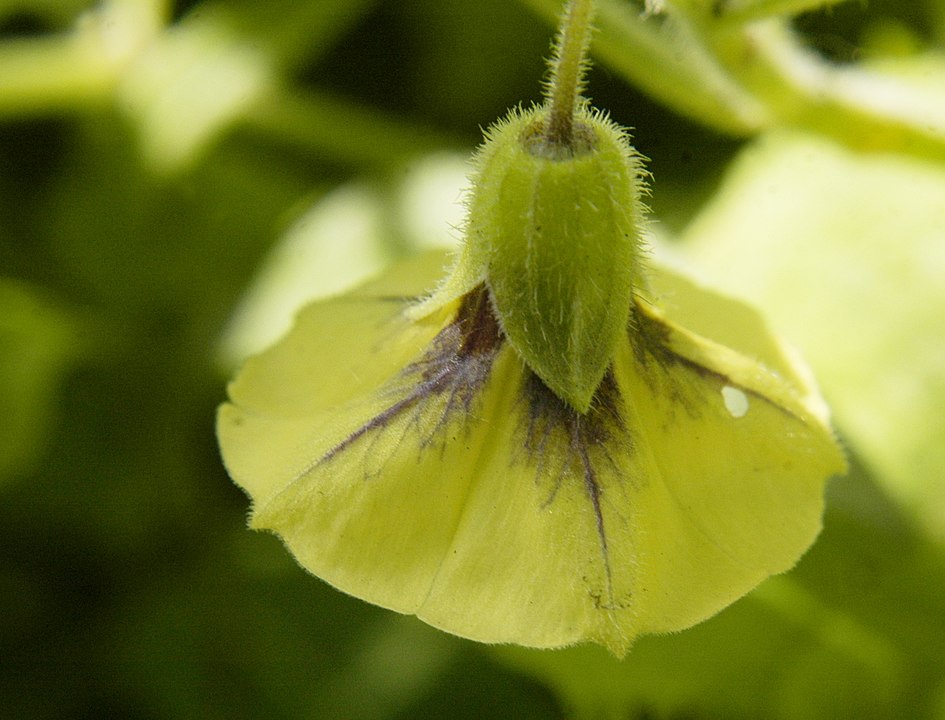

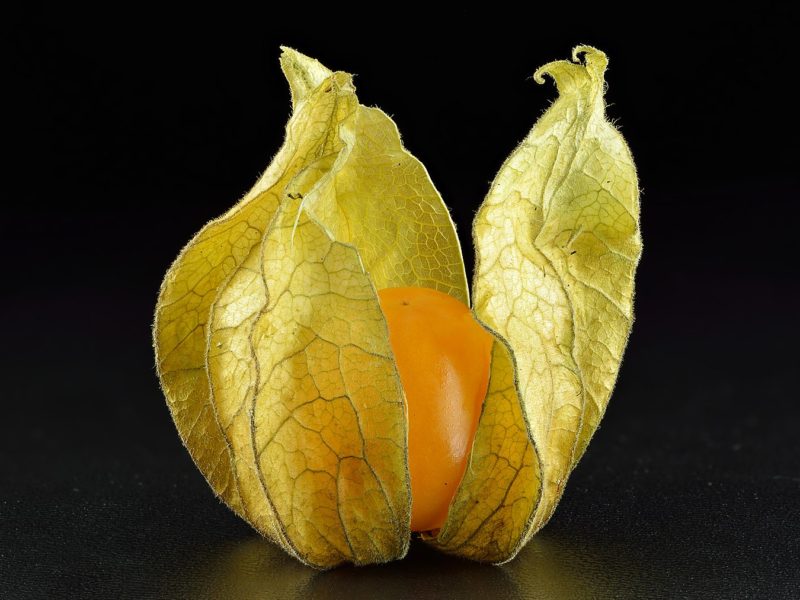
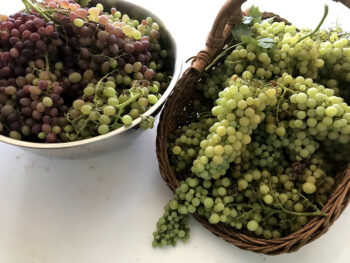
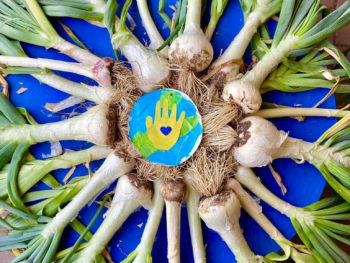
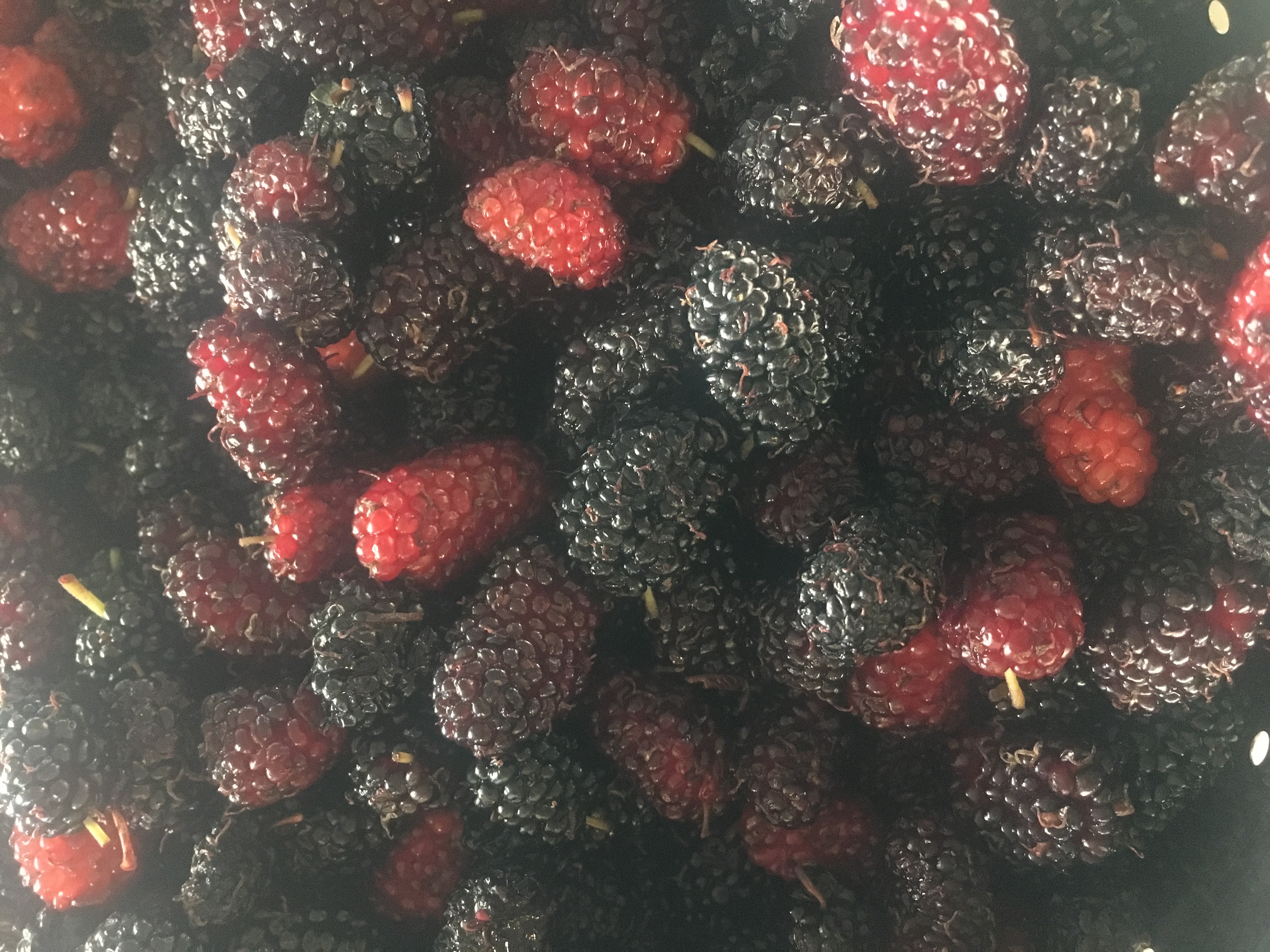
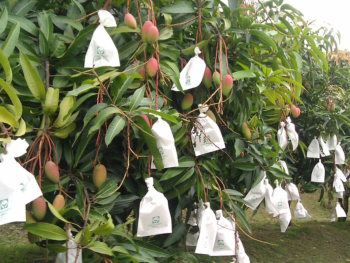
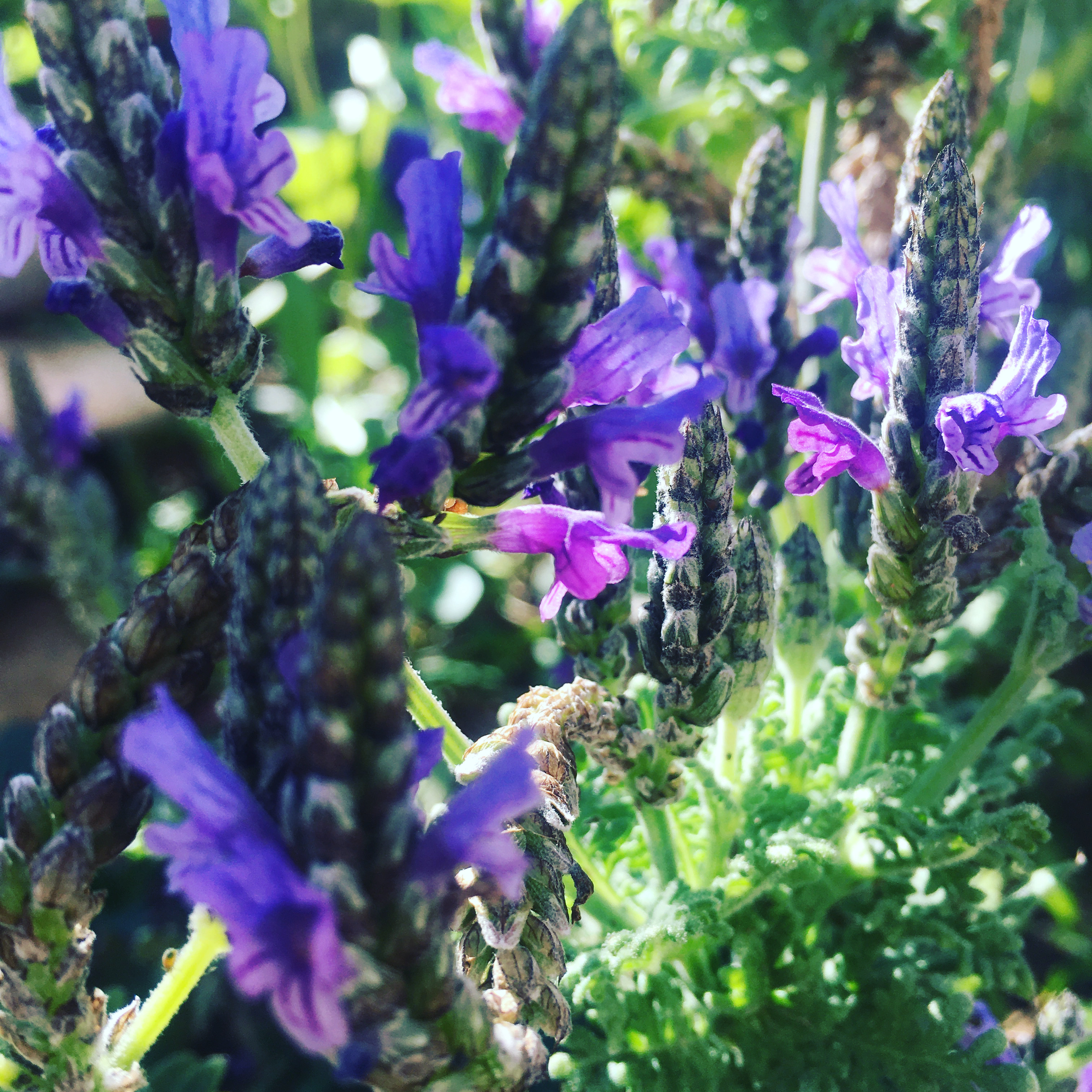
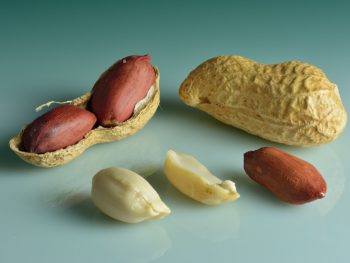
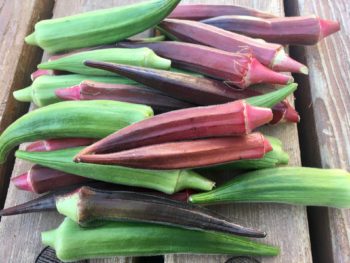
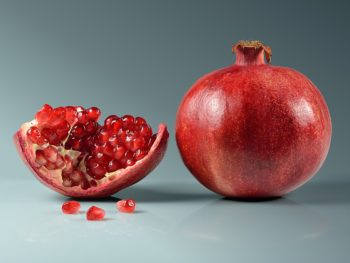
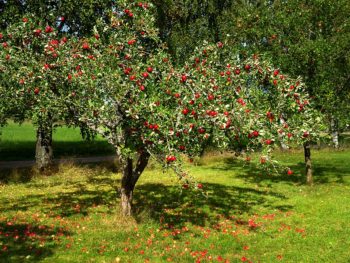
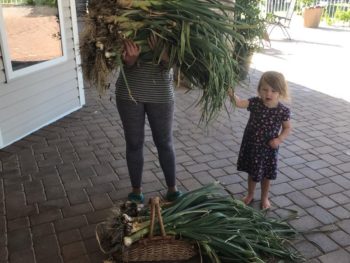
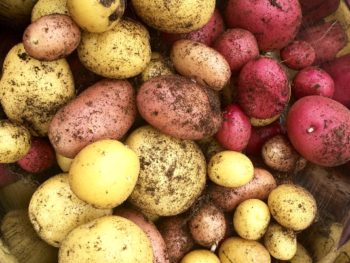
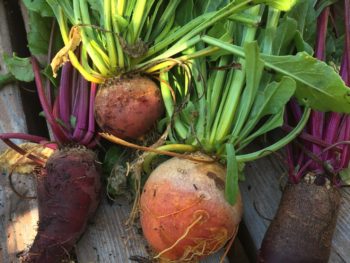
 How to Grow Pomegranate Trees in the Desert
How to Grow Pomegranate Trees in the Desert